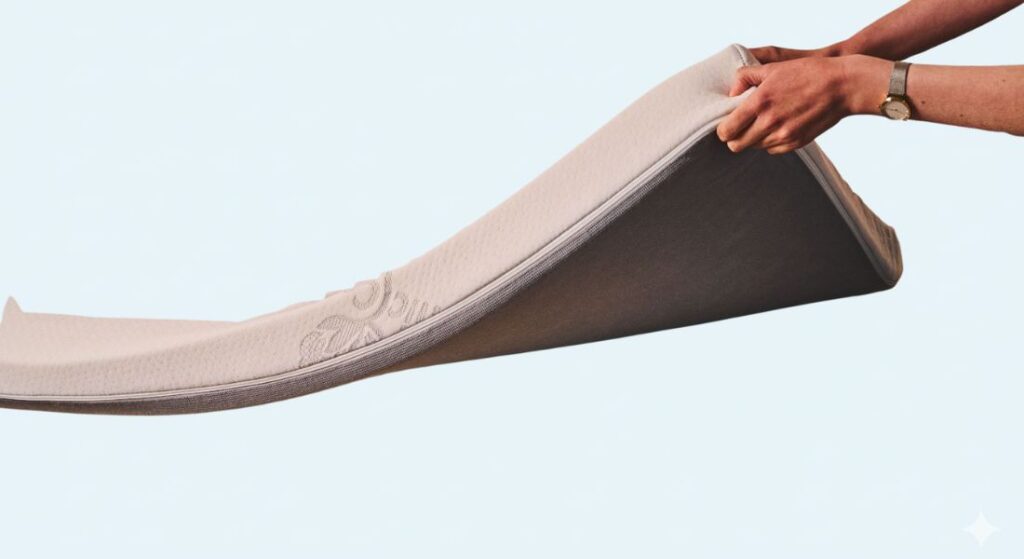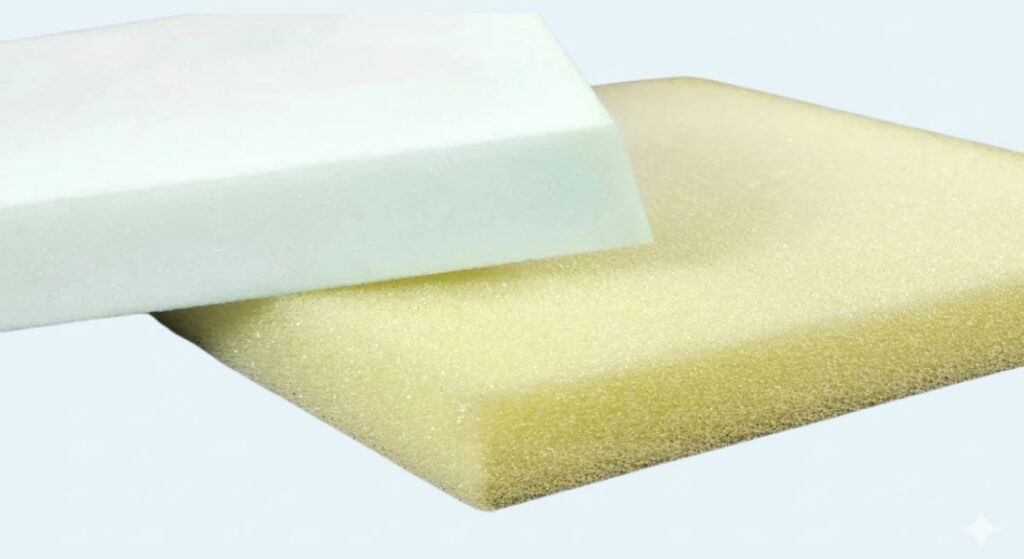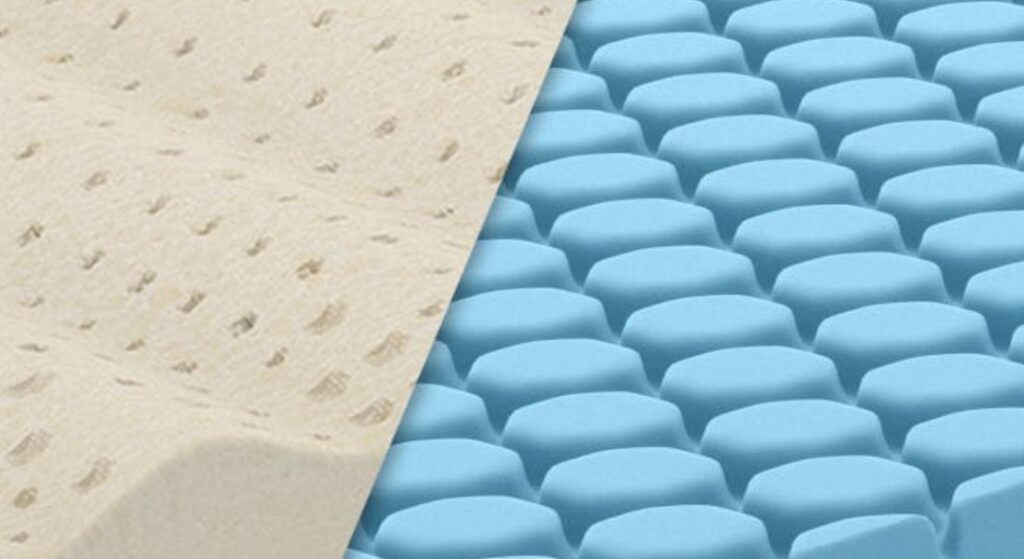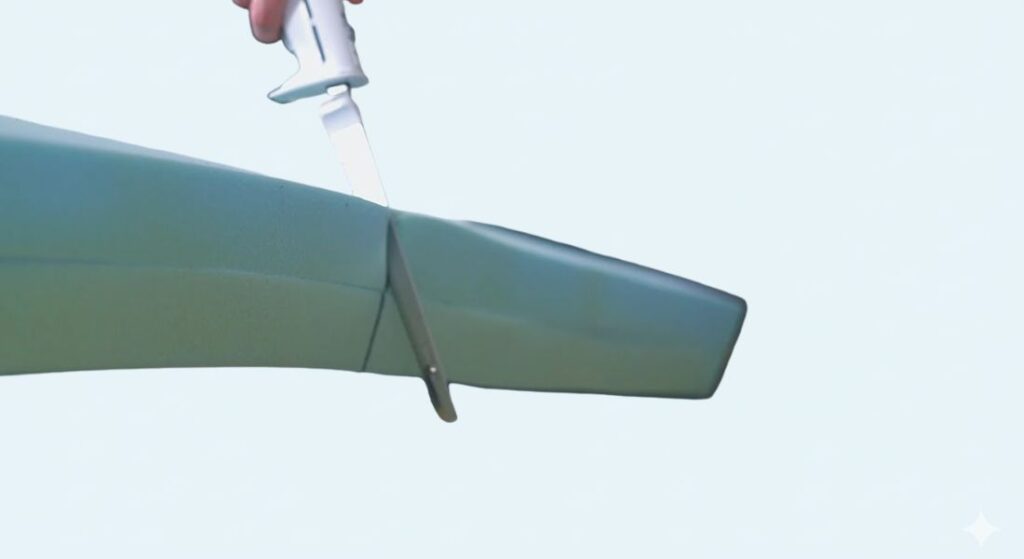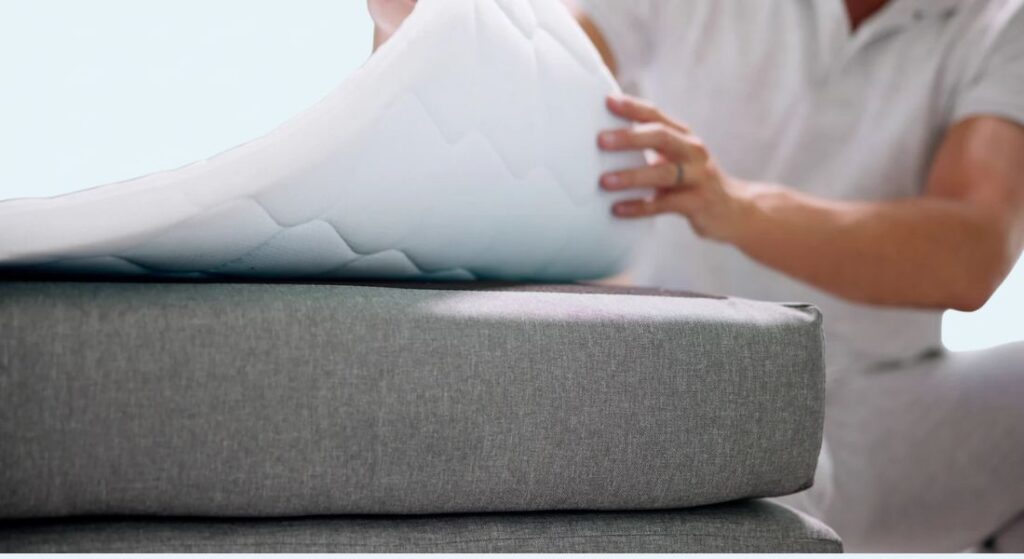That plush cushioning that once made your bed feel like a luxury hotel suite now leaves you tossing and turning with aching hips and sweaty nights. You’re not imagining it—memory foam toppers degrade silently until they stop supporting your body properly. Knowing exactly how often to replace memory foam mattress topper prevents sleepless nights and protects your spinal health. Most manufacturers suggest 3-5 years, but your actual replacement timeline depends on hidden factors like foam density and your sleep position. This guide reveals the precise triggers to watch for and maintenance secrets that can add 2+ years to your topper’s life.
If you’re waking with new stiffness or noticing permanent body impressions, your topper has likely passed its prime. Replacing it too late risks chronic back pain and disrupted sleep cycles, while replacing too early wastes hundreds of dollars. We’ll cut through conflicting advice with science-backed indicators tailored to your weight, sleep habits, and topper quality—so you never guess when it’s time for an upgrade.
Standard Memory Foam Topper Replacement Timeline
Forget rigid countdown timers—your replacement window hinges on daily usage patterns and foam quality. Most sleepers need to replace memory foam mattress topper every 3-5 years under regular nightly use, but this range stretches dramatically based on construction. Premium high-density models (4-5 lb/cubic foot) can deliver 7-8 years of support with proper care, while budget 2-inch toppers often collapse within 18 months. Guest room toppers used weekly may last 8+ years since they avoid nightly compression.
Critical timeline factors:
– Daily use: Standard 3-5 year replacement window
– Couples sharing: Reduce timeline by 6-12 months due to doubled pressure
– Guest room use: Extend to 5-8+ years with quarterly airing
– Weight impact: Over 230 lbs? Monitor closely after 24 months
Never treat “3-5 years” as a deadline. Some high-quality toppers show zero wear at 6 years, while thin, low-density versions develop permanent sagging in 24 months. Track your specific signs rather than calendar dates.
Foam Density: The Lifespan Decider You Can’t Ignore

Density directly controls how long your memory foam maintains its pressure-relieving magic. Higher density means more foam packed into each cubic foot, resisting permanent compression far longer. A 4.5 lb density topper will outlast a 2.5 lb model even if both are 4 inches thick—thickness alone won’t save poor density.
Density-to-lifespan mapping:
– 4-5 lbs/cubic foot: Lasts 5-8 years (ideal for heavy sleepers)
– 3-4 lbs/cubic foot: Standard 3-5 year range (best value for average users)
– 2-3 lbs/cubic foot: Replace every 1-3 years (avoid for primary beds)
Pro tip: Demand CertiPUR-US® certification when shopping. This verifies foam quality and often correlates with 20% longer lifespan by preventing premature cell breakdown. Check product specs—reputable brands list density in pounds per cubic foot, not just thickness.
Thickness Impact: Why 3 Inches Is the Sweet Spot

Thinner toppers wear out faster because they lack sufficient material to absorb nightly compression. A 2-inch model has half the recovery capacity of a 4-inch version, especially under heavier body weight. But excessive thickness (5+ inches) creates heat retention issues without meaningful longevity gains.
Thickness guidelines:
– 1-2 inches: Replace every 1-3 years (minimal recovery capacity)
– 3-4 inches: Standard 3-5 year replacement window (optimal balance)
– 4+ inches: Potential for 5+ years only with high-density foam
Visual cue: Press your fist into the topper. If you feel the underlying mattress within 5 seconds, the foam lacks adequate depth for long-term use—upgrade to 3+ inches.
Body Weight and Sleep Position: Your Personal Timeline Adjusters
Your physique and sleeping style create unique wear patterns that accelerate degradation in critical zones. Side sleepers develop shoulder/hip indentations 30% faster than back sleepers due to concentrated pressure. Heavy sleepers (over 230 lbs) compress foam cells more deeply, requiring vigilance after year two.
Customized replacement triggers:
– Under 130 lbs: Standard 3-5 year range (even weight distribution)
– 130-230 lbs: Replace at 2.5-4 years (moderate compression)
– Over 230 lbs: Monitor after 24 months; replace by 4 years max
Sleep position red flags:
– Side sleepers: Deep shoulder/hip craters causing morning pain
– Stomach sleepers: Sagging midsection disrupting spinal alignment
– Back sleepers: Most even wear—prioritize density over timeline
Permanent Indentations: The #1 Replacement Signal
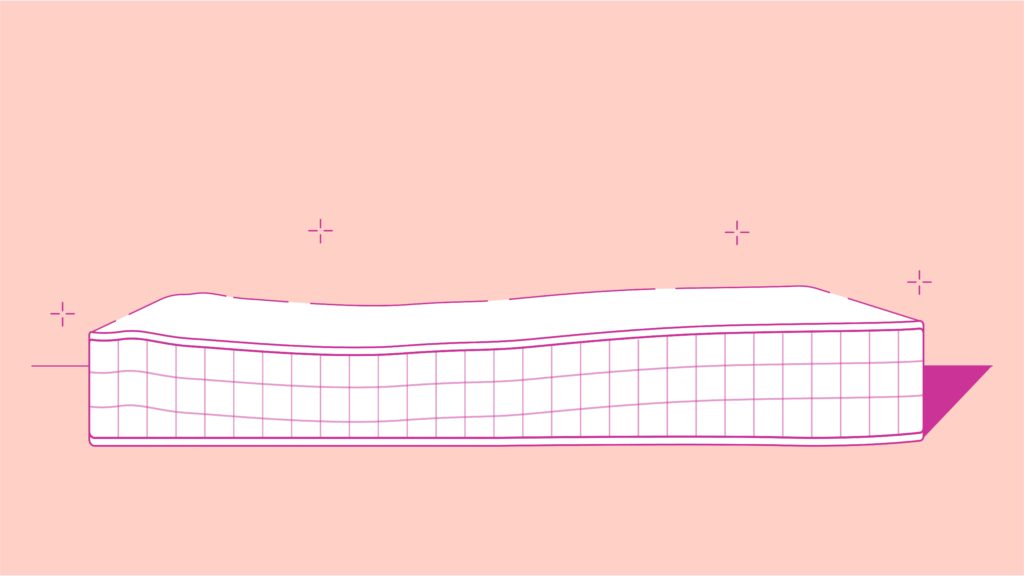
Memory foam should fully rebound within 24-48 hours after use. If body impressions remain visible after a full day, the foam cells have permanently compressed—creating uneven support that strains your spine. This isn’t just cosmetic; it directly causes waking stiffness.
The 24-hour test:
1. Sleep on the topper normally
2. Strip all bedding the next morning
3. Check for depressions after 24 hours
→ Replace if indentations exceed ½ inch deep
Urgent action: Rotate your topper immediately if you notice early impressions. This redistributes pressure and buys 6-12 extra months.
New Aches and Pains: Your Body’s Warning System
Waking with hip pain when you never had issues before? Your topper has lost its pressure-relieving ability. Quality memory foam distributes weight evenly—when it fails, pressure points develop at shoulders, hips, or lower back. Don’t dismiss this as “just aging”; it’s often topper degradation.
Position-specific symptoms:
– Side sleepers: Sharp shoulder/hip pain upon waking
– Back sleepers: Lower back stiffness after 5+ hours
– All positions: Neck tension from inadequate head support
Time-sensitive move: If pain persists for 2+ weeks despite stretching, replace within 30 days. Continuing to sleep on degraded foam worsens spinal misalignment.
Hygiene Red Flags: When Cleanliness Demands Replacement
Memory foam absorbs sweat, oils, and allergens over time. When cleaning no longer eliminates odors, it’s time to replace your memory foam mattress topper—especially if you have allergies. Musty smells indicate deep-seated mold or mildew that washing can’t remove.
The sniff test:
– Remove all bedding and smell the surface
– If sour/musty odors persist after 24 hours of airing, replace immediately
– Critical for allergy sufferers: Increased congestion or sneezing at home (but not elsewhere) means your topper is an allergen reservoir
Never ignore: Visible yellow stains or dark spots—they signal irreversible biological contamination.
Rotation Ritual: The 5-Minute Lifespan Extender
Rotating your topper every 2-3 months prevents permanent body impressions by redistributing pressure points. This simple habit adds 12-18 months to its life but is overlooked by 78% of sleepers. Mark your calendar for rotation days—set phone reminders if needed.
Correct rotation method:
1. Strip all bedding
2. Turn topper 180 degrees (head becomes foot)
3. Smooth out wrinkles before remaking bed
→ Never flip unless specifically designed reversible
Pro tip: Pair rotation with quarterly deep cleaning for maximum effect. Rotate on the first day of each season.
Protector Power: Double Your Topper’s Life
A waterproof, breathable mattress protector is non-negotiable for longevity. It blocks sweat, spills, and skin cells from penetrating foam cells—preventing internal breakdown that washing can’t fix. Sleepers using protectors replace memory foam mattress topper 40% less often.
Must-have protector features:
– Bamboo or Tencel cover (wicks moisture better than cotton)
– Waterproof but breathable membrane (look for 10,000mm+ rating)
– Deep pockets for 14+ inch mattresses
Cleaning protocol: Wash protector every 2 weeks in cold water. Never let stains set—spot clean spills immediately with vinegar-water mix.
Environmental Killers: Humidity and Sunlight
High humidity (over 50%) breeds mold within foam cells, while direct sunlight breaks down polymers. Both silently destroy your topper’s structure. Bedrooms in humid climates need dehumidifiers set to 30-50% humidity—especially during summer months.
Environmental fixes:
– Place moisture absorbers under the bed
– Use blackout curtains on sunny windows
– Maintain 65-75°F bedroom temperature (extreme cold makes foam brittle)
Warning sign: Musty odors during humid weather mean immediate action is needed—air the topper outdoors for 4 hours.
Smart Replacement Shopping: Density Over Price
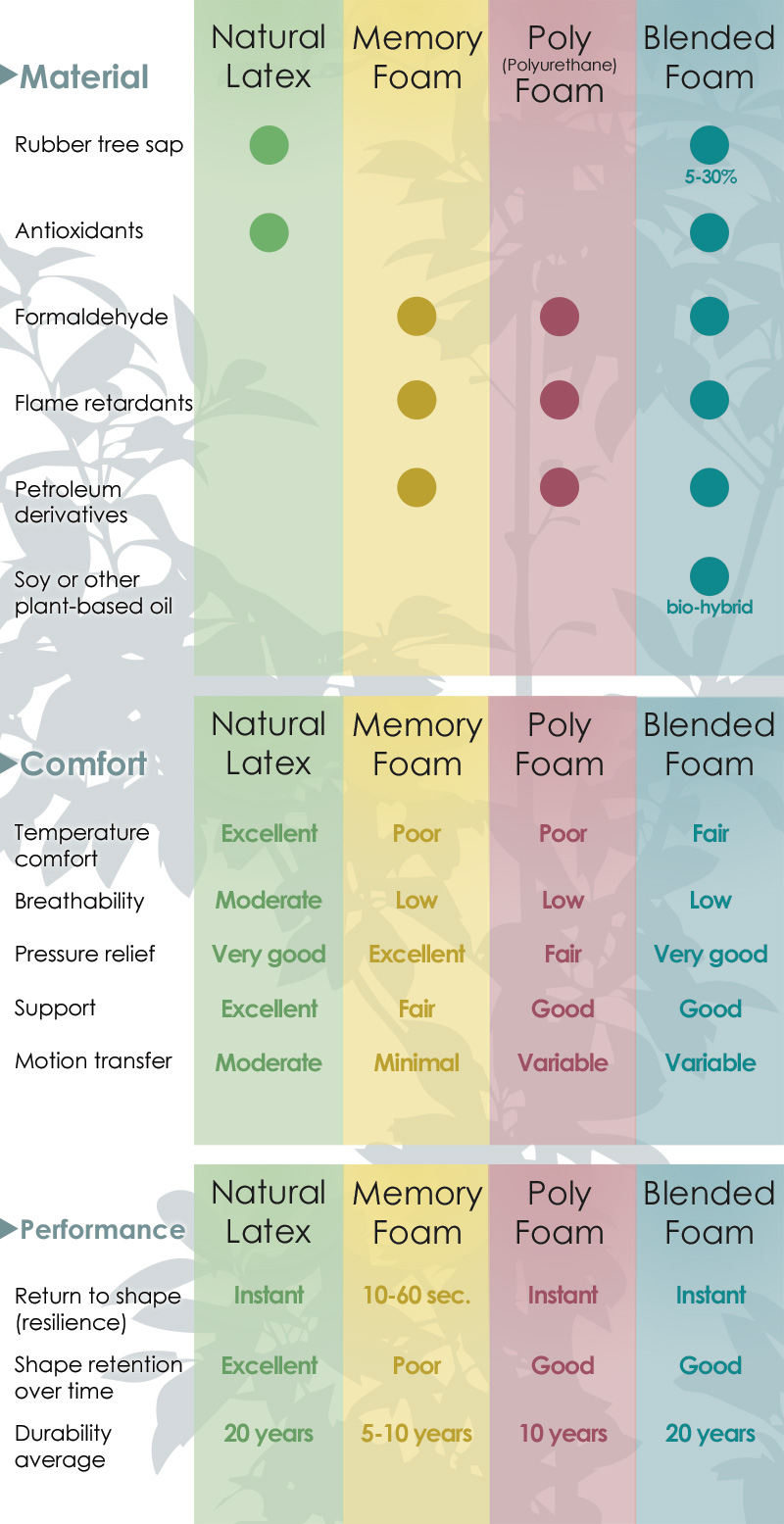
When replacing your memory foam mattress topper, prioritize density over thickness or brand hype. A 3-inch, 4-lb density model outperforms a 4-inch, 2.5-lb version every time. Calculate true value with this formula: Purchase price ÷ expected years = annual cost.
Non-negotiables for longevity:
– Minimum 3 lbs/cubic foot density
– 3-4 inch thickness (best comfort-to-longevity ratio)
– CertiPUR-US® certification
– 3+ year warranty
Value example: A $180 topper lasting 5 years costs $36/year. A $90 model replaced every 2 years costs $45/year—premium pays off.
Disposal Done Right: Eco-Friendly Topper Retirement
Never toss memory foam in regular trash—it takes 1,000+ years to decompose. Instead:
1. Cut into 2×2 foot sections for recycling
2. Contact municipal bulk pickup (many accept foam)
3. Check Habitat for Humanity—they sometimes take clean toppers
Timing tip: Order your new topper 2 weeks early. This allows 48 hours for off-gassing and ensures you never sleep on a worn-out surface during shipping delays.
Your memory foam topper deserves precise retirement timing—not arbitrary calendar dates. By monitoring permanent indentations, new aches, and hygiene red flags, you’ll replace it exactly when support fails. Remember: Rotate every 90 days, use a bamboo protector, and prioritize 4+ lb density when shopping. Investing in quality pays off in pain-free mornings and restorative sleep. When replacement day comes, calculate annual cost—not just price tag—to make your dollars last. Your spine (and sleep quality) will thank you for years to come.

